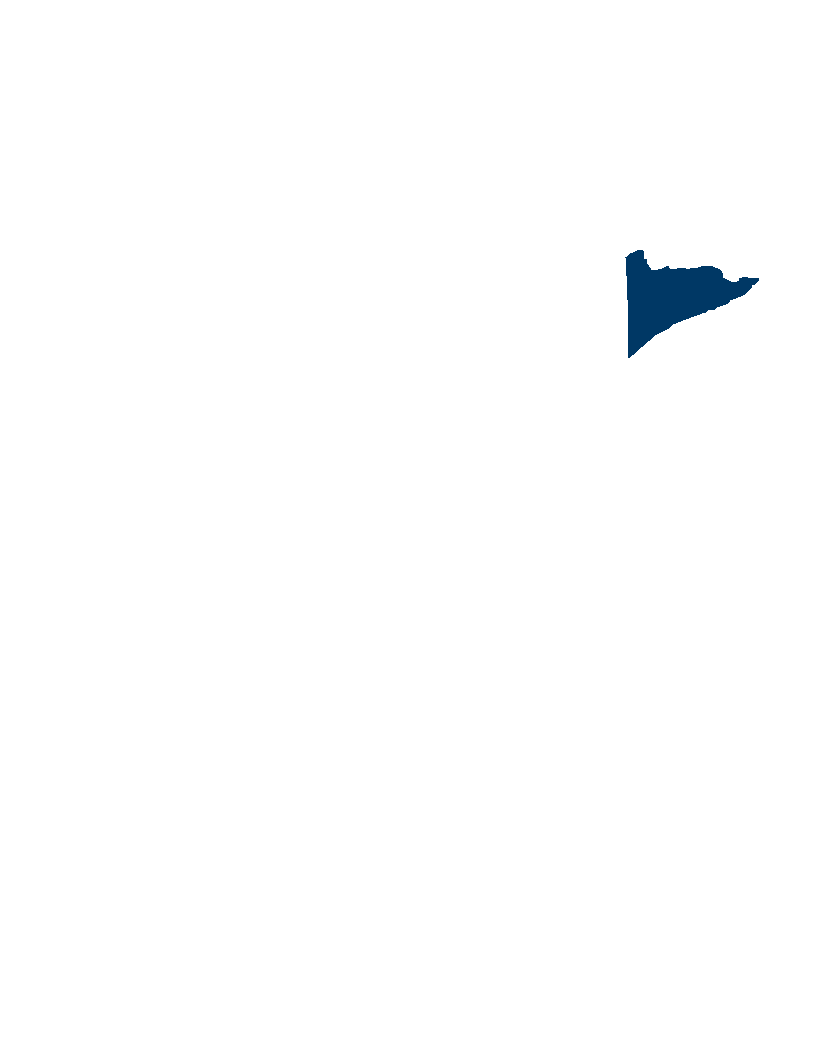Arts Ecosystem Grant
Arts Ecosystem Grant
"Downtown Duluth Arts Collective" Connecting the Arrowhead to the downtown Duluth arts community.
Tara Makinen: Executive Director of Itasca Orchestra and Strings, musician; Amber Burns: choreographer, dancer, actor, middle school art teacher; Tammy Mattonen: visual artists, co-founder of Crescendo Youth Orchestra; Kayla Aubid: Native American craft artist, writer, employee at MacRostie Art Center; Ariana Daniel: mixed media artist, arts instructor; Kathy Neff: musician, Director, Fine Arts Academy at the University of Minnesota-Duluth; Ron Piercy: jeweler, gallery owner; Emily Swanson: arts administrator at Oldenburg Arts and Cultural Community.
Moira Villiard: visual artist, Cultural Programming Coordinator at American Indian Community Housing Organization; Kathy Neff: musician, Director, Fine Arts Academy at the University of Minnesota-Duluth; Terresa Moses: visual artist, assistant professor of graphic design at the University of Minnesota-Duluth; Richard Hansen: Founder of Duluth Superior Film Festival.
ACHF Arts Access
The Downtown Duluth Arts Collective (DDAC) formed to bring visibility to the culturally rich and artistically diverse Downtown Arts Community. The main vehicle the DDAC has used to increase visibility has been the Downtown Duluth Arts Walk. Our immediate goals are to continue to work to make the Walk into a known event, one that is accessible and inclusive and brings cultural value to our city and neighborhood. Measurable outcomes for this year of funding include: a 25% increase in attendance at Arts Walk events; a significant increase in engagement through our social media platforms and development of website/blog to provide deeper insight into our arts community; increases in visitor traffic to member locations during non-Arts Walk times; successful coordination, partnership and relationship building between our members, Downtown artists, and artists outside our organizational network; and outreach to the people in our neighborhood, the Arrowhead region, and visitors to the region. We hope to track our growth in a number of ways. First, monthly surveys of our members, comparing visitor traffic during Arts Walk events, and comparing their monthly visitor traffic during non Arts Walk times. Second, through tracking and comparing quarterly analytics data provided by social media platforms and our website. Third, by hosting listening/feedback sessions with community and business leaders throughout the year to see where we are on track or if we need to adjust to meet our goals. The DDAC is a nimble, responsive organization, with respectful and open channels of communication between member groups. It is a value we hold dear and continue to foster. Through bonds created over the last year between our membership, we are able to respond to needs for change in proactive and efficient ways. An example, is moving our Arts Walks to a quarterly schedule, to better meet the planning needs of our members and to make each Walk a better event for our larger community.
An interesting effect of the Arts Walk moving virtual was an expanded audience made possible by the ease of online interaction, less barriers related to people's discomfort attending unfamiliar social events and physical distance, as well as the multimedia nature the virtual Arts Walks. We promoted the work of our member venues in Downtown Duluth but acknowledged the importance of collaboration with those in greater Duluth and beyond during a mutually challenging and at times heartbreaking year. We experienced an increase in virtual participation and were able to build social media presence, but the goal of more foot traffic in the downtown venues was affected by pandemic safety precautions. We remain committed to developing our website as a local arts archive as we embark on another year. To increase inclusivity, we invited BIPOC artists to lead our Arts Industry panels and they generated authentic discussions concerning race, opportunity, and community in the arts.
Other,local or private



